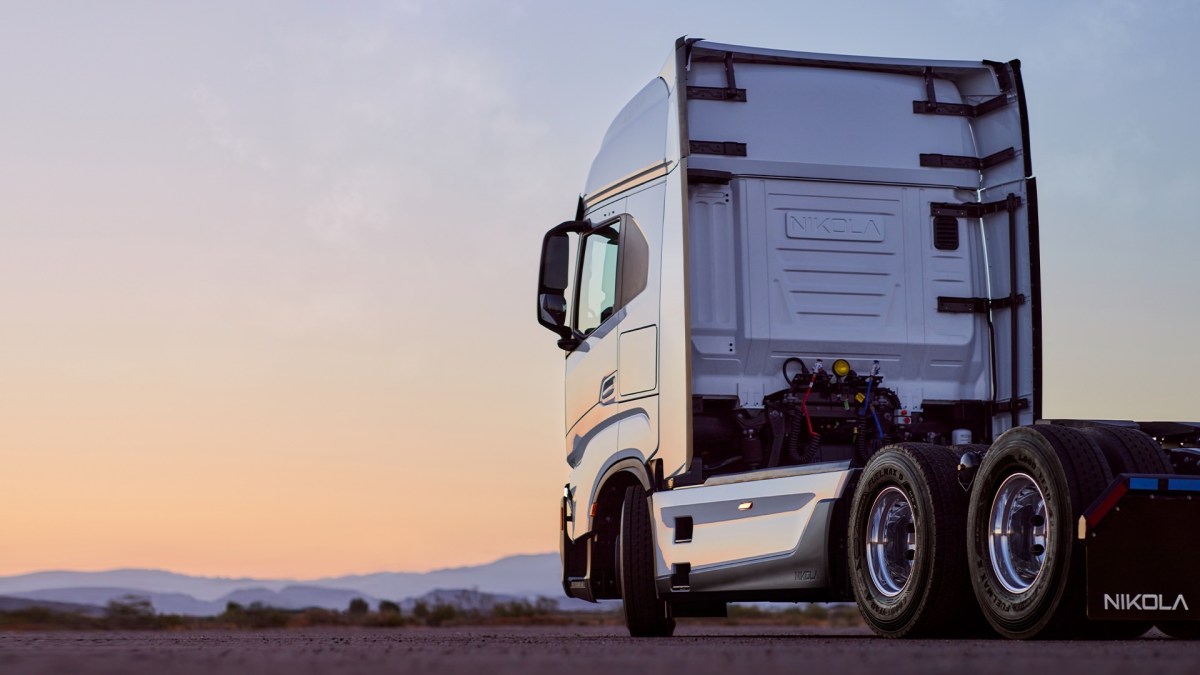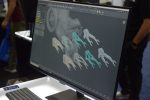www.nintendolife.com
Image: Nintendo LifeIt's been absolutely ages since we last set foot on Mira, the planet on which humanity seeks refuge from an alien threat in Xenoblade Chronicles X. It was perhaps only a year or two after the game first released on Wii U, in fact, that we last played it, and our overriding memory (besides the fact that it's incredible) is of an experience that needed to be unshackled, at a fundamental level, from hardware that was holding it back.Now, it's not like Xenoblade Chronicles X was a mess or anything like that. It ran at a locked 30fps, as far as we recall, and it looked amazing, but it was a slice of sci-fi that often felt muddy, hard to read, and unwieldy when it shouldn't. The sort of game that was crying out for a great big resolution bump so we could enjoy its gorgeous locations in full, at the very least.Subscribe to Nintendo Life on YouTube796kWatch on YouTube Images: Nintendo LifeAnd so here we are, 10 years down the line from the game's original 2015 release (what is time?), and Xenoblade Chronicles X: Definitive Edition is imminent. We weren't quite as surprised at the announcement of this remaster as we would have been a few years back it's felt like a sure thing given how popular the other franchise revamps turned out but, needless to say, we've been champing at the bit to finally get our hands on this new version of this particular writer's favourite entry in the series.For this preview we've been limited to talking about the first four chapters of the game and, well, all of the little changes that you'll already know about: the resolution bump to (what seems like) 1920x1080, the UI improvements, fancy new lighting and character models, all of which combines to make for an experience that feels renewed and reborn, right from the get-go.It wouldn't be a Xenoblade game if it didn't take its sweet time getting started, and the first four chapters you mostly spend getting au fait with traversing the world, whilst developing a feel for on-foot combat techniques that will, eventually, bleed into the skills you'll need to pilot a Skell, the game's absolutely awesome mechs.And immediately, the overhauled UI and menus make themselves felt, as choosing from abilities during early-game sorties is now a breeze that doesn't require any permanent eyestrain on your part.Images: Nintendo LifeIt may sound like a small point, granted, but if you've played the OG you'll know that the UI during combat was a mess at times, really barely legible once things started heating up, and this, combined with menus that oftentimes felt a little clunky to manage, especially when it came to navigation, made for a lot of drudgery where there shouldn't have been any.The switch (thanks) from the Wii U GamePad showing various menus is seamlessly done overall, too, everything is still easy to access, and you now have these clean, upscaled, swishy icons with enough space between them to keep things readable, nicely redesigned fonts, and even a Follow Ball mechanic that's been improved to guide you to missions and side quests with ease. The bottom right-hand corner of the screen also now has info panels you can bring up with a click of 'R3' to show you exactly where you want to go (via Follow Ball) and what you need to do at any given time.Images: Nintendo LifeMira is just a much, much easier place to navigate in general as a result of all of this, and that big resolution bump from 720p makes itself felt as soon as you reach your first jaw-dropping vista - which doesn't take long. Everything is so much clearer, so much more inviting, and we cannot wait to finally get into a Skell and start blasting around to put what's been a rock-solid 30fps to the test properly from Chapter 5 onwards. Oh, and the loading times are way, way down on what we recall from the Wii U, to the point they aren't noticeable.Going back to the game's combat, and beyond those redesigned UI elements, you've also got the addition of Quick Cast, which is actually turning out to be a game-changer in terms of the tempo of scraps. You can now hoover up charge as you battle enemies in order to fill the new green gauge you can see in combat screenshots. Once this is full, you can press 'Y' to essentially reload a chosen skill or power, giving you an instant re-use, or even a few re-uses depending on how much juice is required.Images: Nintendo LifeThis gives you the power to call in hits as your other party members request them with much more fluidity. Where in the original game, you may have missed a squad member's call to topple or confuse a foe and then had to wait, here even if you've just used the attack requested Quick Cast allows you to go again. So, what seems like a small tweak is actually turning out to be quite a big thing that can get combos going and keep the damage numbers up against larger foes. This, in turn, makes for fights that, already feeling much better for that improved UI, just have a better sense of momentum.And of course, all these little mechanical wins that we've discovered so far bask in the overall glow of a world, and cast of characters, that have never looked better. The revamp here falls in line with part one, keeping things as you remember them for the most part in terms of colour palettes, but giving every face and item of armour, every wall and tree, a glow-up that brings it in line with modern fare, whilst also fixing bothersome stuff like some of the awful pop-in from 2015's version.We should also mention, for returning BLADES, that you can no longer ghost through vehicles and Skells in downtown New Los Angeles. The Switch can handle it, no problemo.Images: Nintendo LifeWith regards to character styling, as you'll likely already know, the customisation suite now has more options in the way of hairstyles and so on, as well as allowing you to put big Monado sword tattoos on your face. The more massive sword tattoos on your faces, the merrier, we say.You can also select from hairstyles and other bits and pieces from classic characters from the series. Although, as you may be able to see from our screens, we've gone with 'very, very tired and disillusioned old man' as our protagonist's vibe circa 2025.And so, as we approach the game's fifth chapter, which is where the fun really begins in this one, we're enraptured all over again. Xenoblade Chronicles X is a very special game, a game we've been dying to see come to Switch, and so far it seems the overhaul and tweaks that have been made are giving us an experience that's beyond what we thought it could be.It now looks and feels every bit as good as the most recent entries in the franchise, the muddiness in the UI and graphics is gone, the new Quick Cast ability has big consequences for how fast and fluid everything feels, and there's lots more little wrinkles and additions such as optional onscreen combo prompts that we're sure we'll see the full benefit of as the game progresses.Images: Nintendo LifeThere's an immediacy, too, with the story in Xenoblade Chronicles X, that gets you interested in super short order - as slow as it may be in letting you off the leash. The quest to rescue great big vaults full of cryogenically frozen humans that kicks things off is just what you need to invest emotionally, and it's a fully independent story within the universe. So, for any newcomers who're currently thinking, 'Phwoar, I'll have a bit of that' like somebody's old man in the 1970s, there's nothing to stop you jumping in without having played all the others first. Phew!Now, how on Mira do you control this massive flipping robot?












